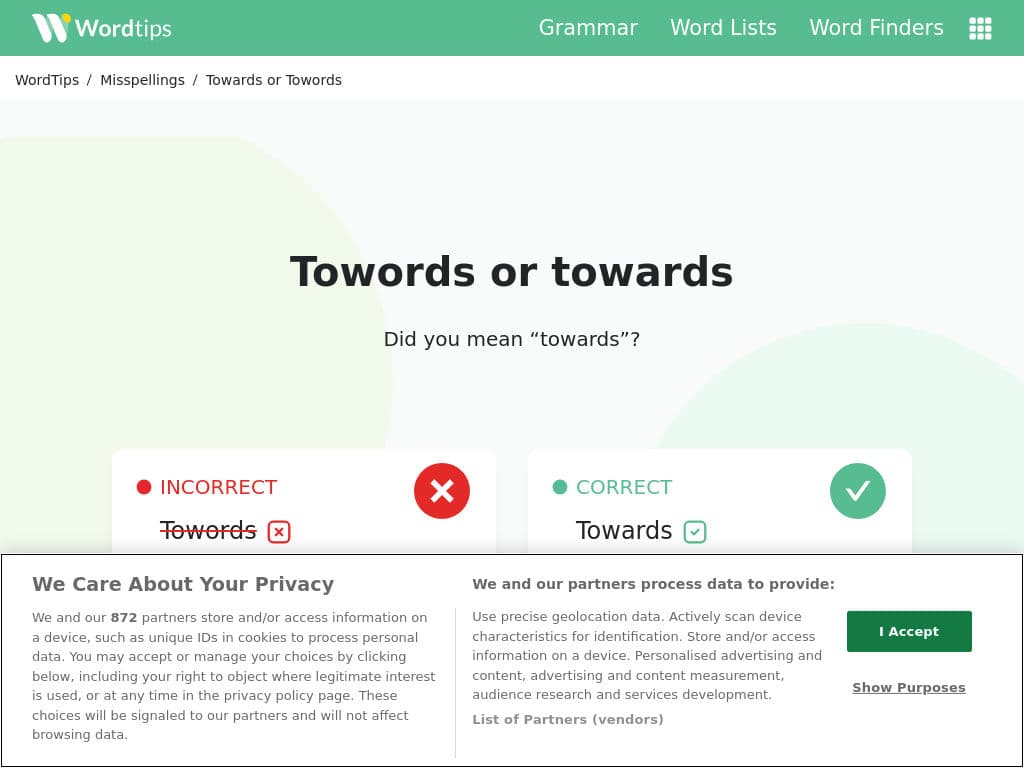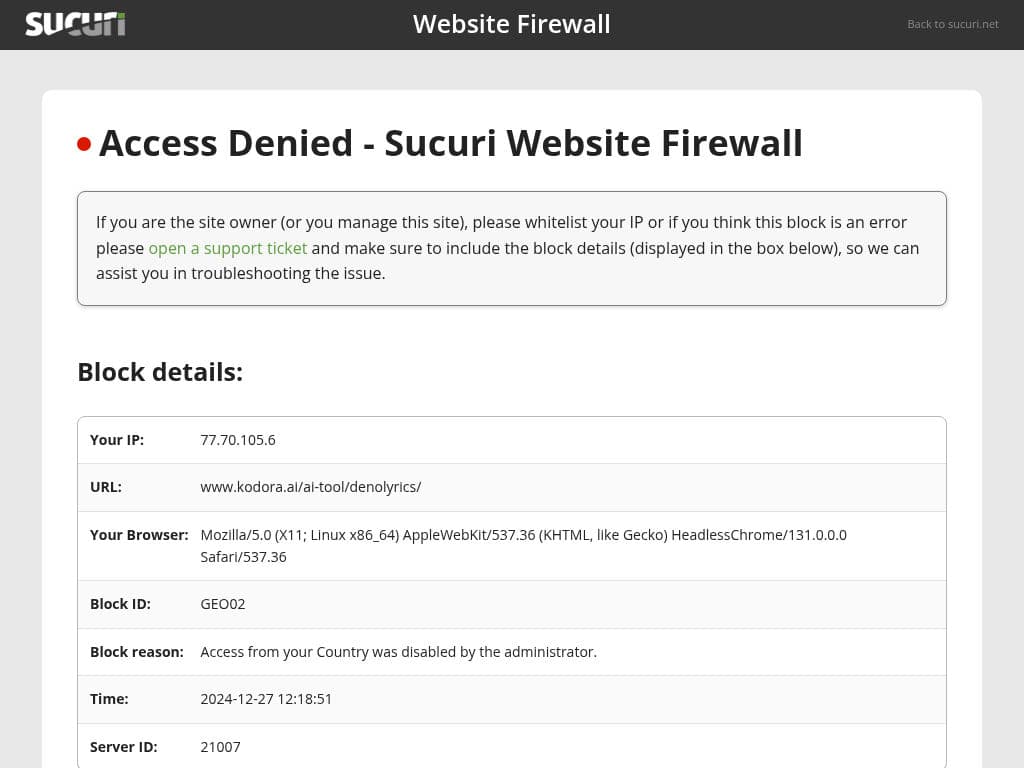About Whisper (OpenAI)
Whisper (OpenAI) Overview
Whisper is an advanced speech recognition tool developed by OpenAI, designed to convert spoken language into text with high accuracy. Its primary purpose is to assist users in transcribing audio content, making it an invaluable resource for professionals such as journalists, researchers, and content creators who work with audio data.
Whisper (OpenAI) Highlights
- High accuracy in transcribing various languages and dialects
- Robust support for noisy audio environments, improving usability in real-world applications
- Open-source model, allowing flexibility and customization for developers
- Ability to process long-form audio, making it suitable for podcasts and interviews
FAQ
Q: What are the main use cases for Whisper (OpenAI)?
A: Whisper is primarily used for transcribing interviews, podcasts, lectures, and meetings, as well as for accessibility purposes such as generating subtitles for videos.
Q: How much does Whisper (OpenAI) cost?
A: Whisper is available as an open-source model, which means it can be used free of charge. However, costs may arise from the infrastructure required for deployment.
Q: What technical requirements or prerequisites are needed to use Whisper (OpenAI)?
A: Whisper requires a compatible machine learning environment with sufficient computational resources, such as a GPU, to run the model efficiently. No specific software prerequisites are mentioned in the source.
Q: How does Whisper (OpenAI) compare to similar tools?
A: Whisper stands out due to its high accuracy across multiple languages and its capability to handle noisy audio better than many competitors, making it a versatile choice for diverse audio transcription needs.
Q: What are the limitations or potential drawbacks of Whisper (OpenAI)?
A: While Whisper is highly accurate, it may struggle with very specialized jargon or accents that are less represented in its training data. No specific limitations were mentioned in the source.
More Speech-To-Text Tools
Sumly.AI
 #20
#20Sumly.AI Overview Sumly.AI is an innovative tool designed to provide AI-generated podcast notes and summaries directly to your inbox, catering to busy...
ToWords
 #16
#16ToWords Overview ToWords is a powerful language tool designed to assist users with word games, grammar, and vocabulary enhancement. It provides featur...
DenoLyrics
 #13
#13DenoLyrics Overview DenoLyrics is an innovative tool designed for songwriters, musicians, and lyric enthusiasts to generate and refine song lyrics eff...
